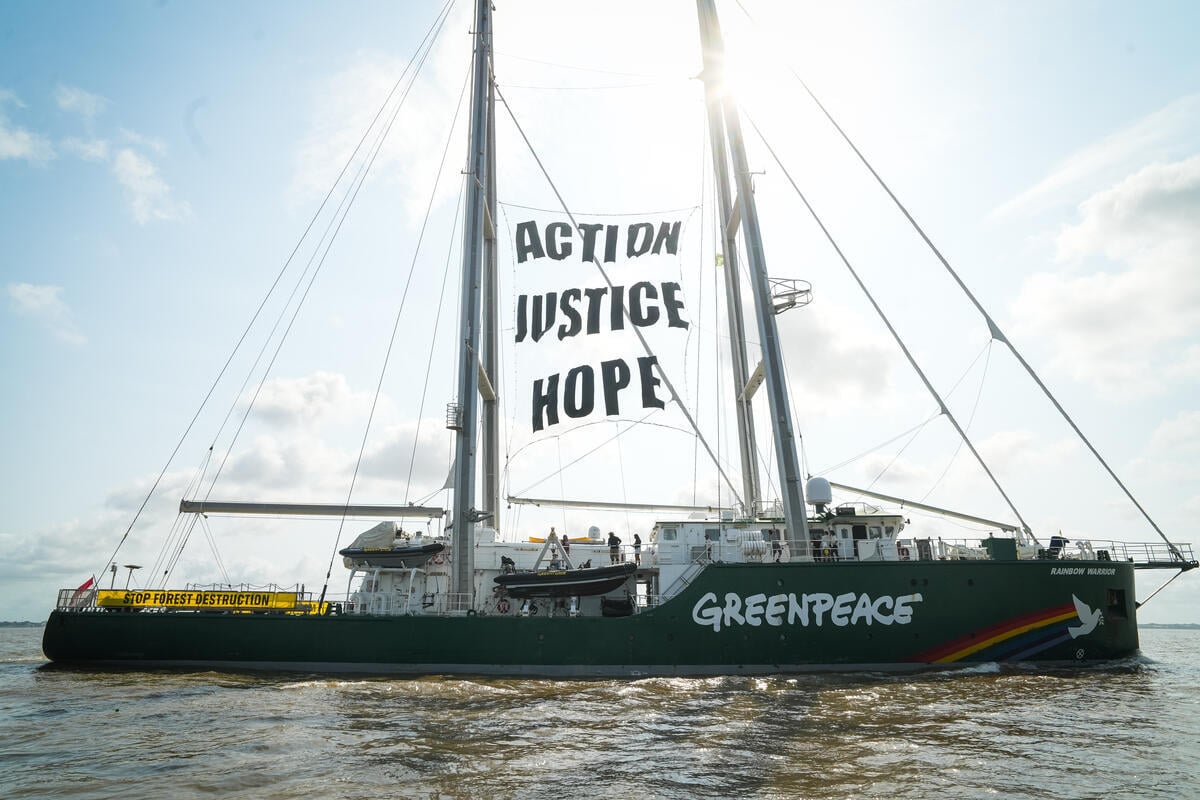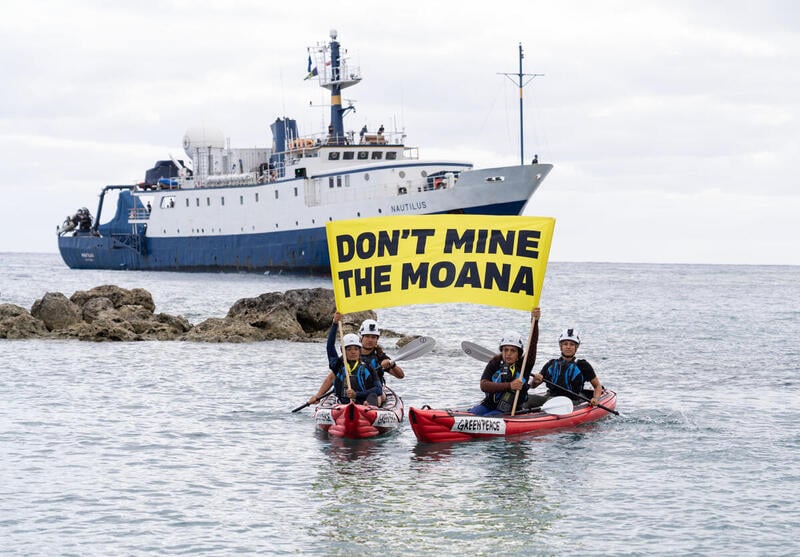Last month Sealord CEO Doug Paulin wrote an opinion piece 1 for The New Zealand Herald outlining how the fishing company plans to protect seamounts. Greenpeace Aotearoa oceans campaigner Ellie Hooper responds:
Whenever positive changes to protect the oceans are afoot, an interesting thing happens. The commercial fishing industry steps in and tries to water down progress. They launch public relations offensives and frame the sustainability debate in a way that essentially locks in the status quo.
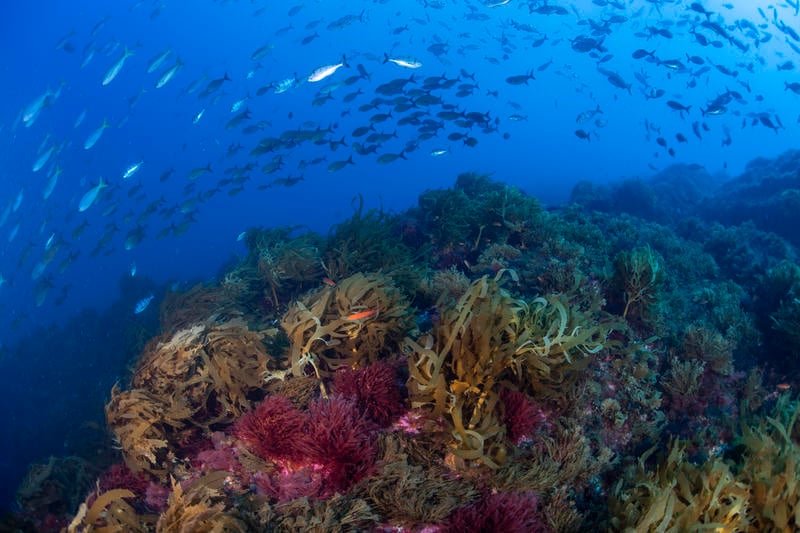
Over the past month, Sealord, a major player in the bottom trawling industry has been doing exactly this with seamounts, just as a government-led forum is getting underway to discuss how to protect these biodiversity hotspots.
Seamounts are underwater mountains of varying heights and shapes forming hills, knolls, mounds and peaks. They provide homes and a source of food for an abundance of marine life.
Sealord is pushing a self-initiated proposal that protects a small percentage of seamounts while allowing them to keep bottom trawling the remaining ones. In the process, they’re trying to ensure that only the tallest of underwater mountains – those that rise over at least 1000m off the seafloor – are counted. Using this definition the company says there are 142 seamounts in New Zealand and that they want to bottom trawl 15 of these. They say this can be done sustainably.
But bottom trawling seamounts can never be sustainable. The method involves dragging large weighted nets across the seafloor, sweeping up fish and everything else in the way including ancient corals, starfish, crabs and sponges. By disturbing the seabed sediment it also releases carbon dioxide back into the oceans, increasing carbon emissions.
The science is clear: bottom trawling causes immense and long-lasting damage to these delicate and important habitats.
In Aotearoa, NIWA has identified over 800 seamounts that rise 100m or more off the seafloor. Last year Greenpeace mapped them using this data, and also showed some of the amazing species that have been found on these biodiversity hotspots.
When we talk about protecting seamounts, what we’re really talking about is protecting the coral and associated biodiversity found on them. These unique ecosystems act as the building blocks for ocean life. They support everything from juvenile fish, sponges and crustaceans, to migratory species like whales and sharks that use them as stopping off points on long journeys.
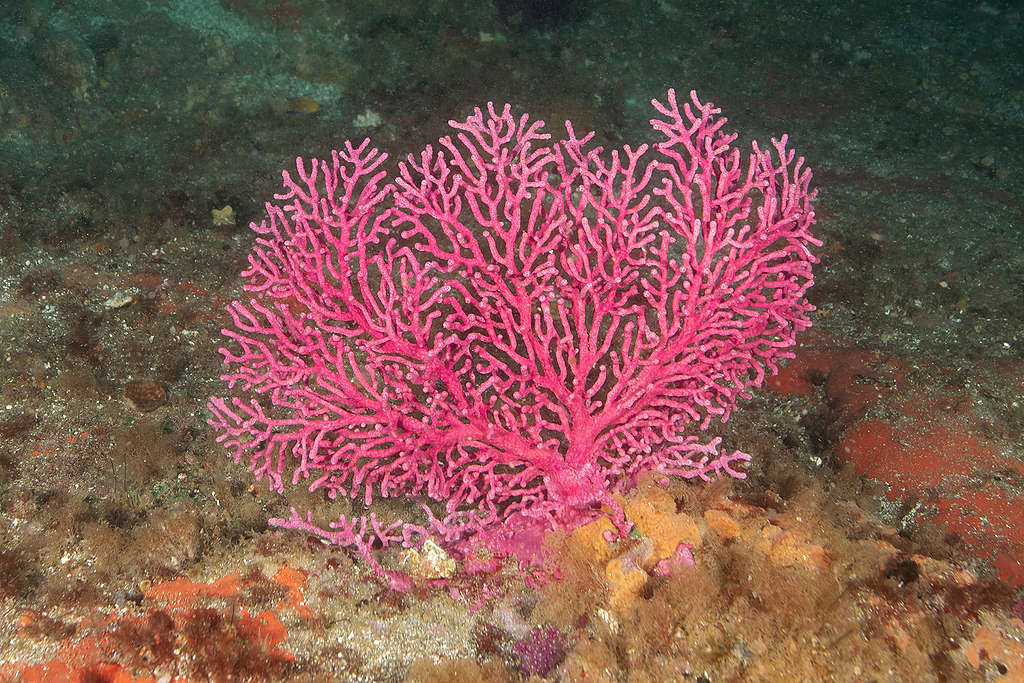
The diversity of species found on seamounts is vast, they are often home to rare or endemic species – animals that are found nowhere else in the world. In Aotearoa we are lucky to have at least 196 endemic species of coral, many of which live in the deep sea. And new deep sea species are being discovered all the time. Last year a NIWA research project identified 128 species new to science mostly from deep sea fisheries bycatch samples.
Seamounts are essential parts of the ocean ecosystem. They are so important that protecting them is noted as a key priority in several international resolutions. The UN’s advice (Resolution 61/105 – 64/72 – 66/68) is that all vulnerable areas, with precious ecosystems like seamounts, should be closed to bottom trawling. New Zealand signed on to these resolutions, but is failing to live up to these expectations.
Existing seamount protection in New Zealand is lacking. The majority, or 72 per cent of seamounts and similar features over 100m, are unprotected and vulnerable to deep sea fishing methods. Benthic protected areas (BPAs), often lauded by the commercial fishing industry as proof they are protecting biodiversity, in reality provide little additional protection because two thirds of them are too deep to trawl anyway.
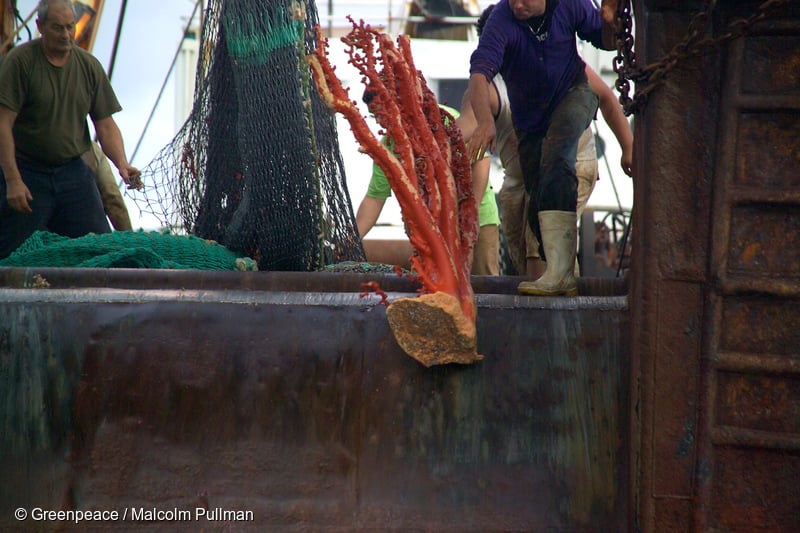
The situation in a nutshell is: we need protection for all of the 800 plus seamounts that exist in New Zealand waters. Not because of what size or shape they are but because of the life found on them. A coral doesn’t care how high the mountain is that it sits on, simply that it’s the right depth from the surface to survive.
The New Zealand public is already onside with this and understands what’s at risk. Recent polling done by Horizon shows nearly 80 per cent of New Zealanders polled want bottom trawling banned on seamounts, and 70,000 have signed petitions calling for the same.
Protecting seamounts from bottom trawling does not mean an end to fishing. Fish can be caught and people fed using different methods that don’t destroy vital ocean habitats in the process. That would be a win-win.
The reasons why we should protect seamounts are abundantly clear. Doing so would protect deep sea biodiversity which in turn supports fish populations, the health of the ocean, and the overall health of this planet. These are things that I think most New Zealanders have been on board with for some time.
A version of this editorial was first published in The New Zealand Herald.
Add your voice to help ban bottom trawling. Sign and share the petition now:
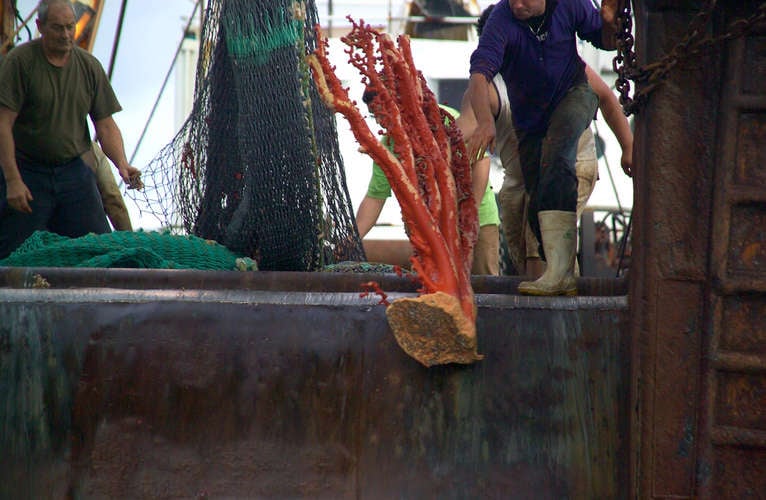
Join the call to demand that the NZ Govt bans bottom trawling on seamounts and similar deep sea features, and stop issuing permits for bottom trawling in international waters.
Take Action[1] This article was first published in the NZ Herald in response to this the opinion piece by Sealord’s Doug Paulin.

